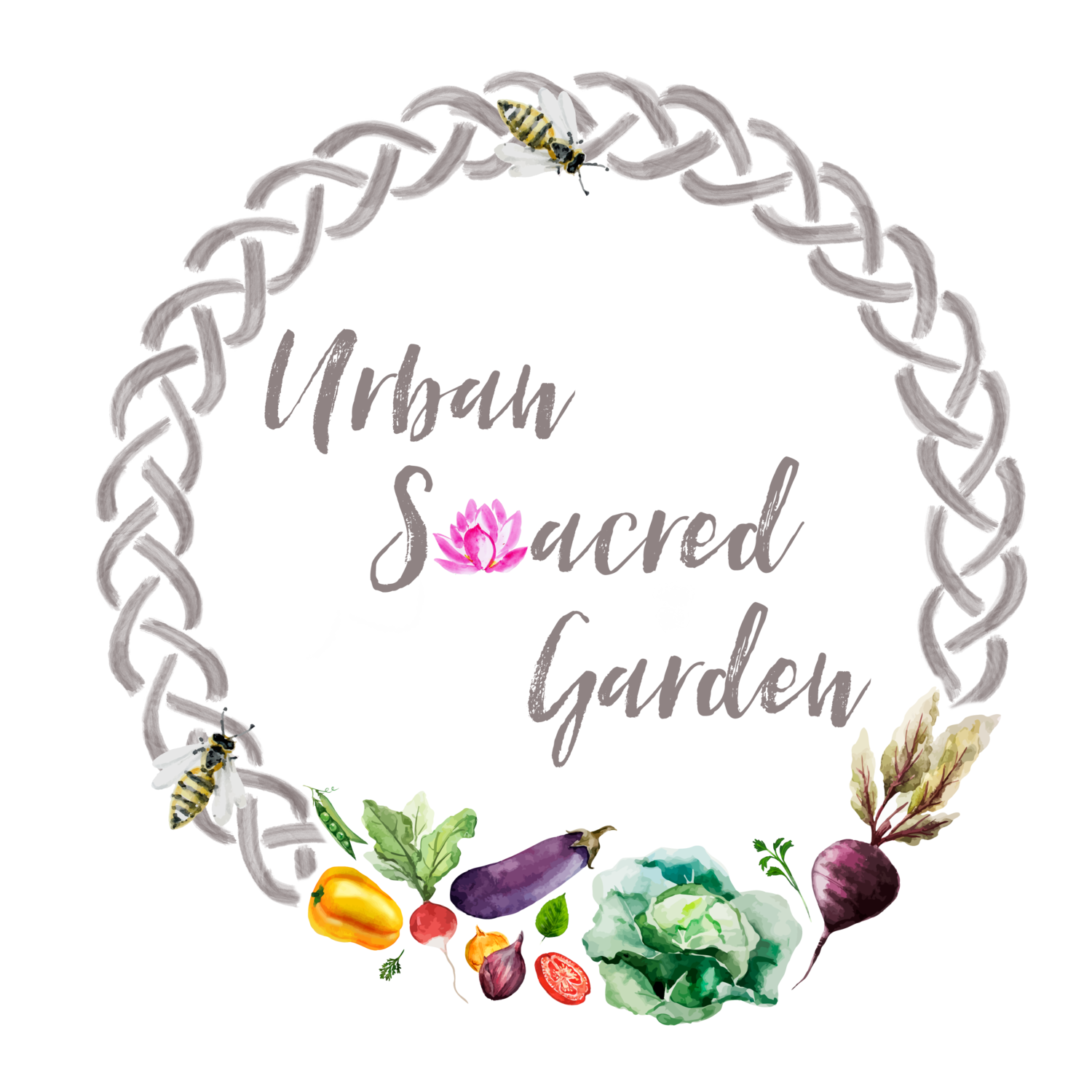How to Grow a Kitchen Herb Garden
Fresh herbs are a necessity for any cook. I have a variety of favorites that I keep just outside of my kitchen door in big pots. Just a couple of extra minutes and a pair of kitchen shears (a must have kitchen accessory) and I have fresh, tasty herbs fresh from my garden for cooking.
My standard list of fresh herbal necessities is as follows:
Rosemary- Delicious in potatoes, meat, infused olive oils and any kind of Italian food, Rosemary is a kitchen staple. The wonderful thing about Rosemary is it will often serve as a perennial in most gardening zones, and you can join the benefits of fresh rosemary year round.
Basil- Summer is fresh Tomatoes and Basil. One of the most delicious, yet most delicate herbs of them all, Basil requires careful tending and oversight. Be sure to give these plants plenty of water and plant them after cool temperatures have passed. Also harden Basil's delicate leaves slowly to the heat if the plants have been seeded inside. They will whither quickly until weathered over. Also, be sure to pinch off seeds on a regular basis to keep Basil producing new growth. Keep all herbs seed free until the end of the season including parsley, dill and cilantro - any leafy varieties that tend to bolt and seed.Parsley- This versatile herb is perfect in just about any savory salad imaginable. Chop it up with lettuce for a little extra kick, add it to a pasta salad, make a little tabbouleh, or add it to some fresh chilled beans. Parsley really brightens up every dish, and gives it a fresh clean feeling. You can cook with this spice as well, but I feel it is at its best raw and fresh in cold dishes, or sprinkled fresh on hot dishes.
Chives- Chives are a lighter option to onions and garlic. For those times when you are looking to share a kiss or need to be in a hot conference room or a plane the next day, you may want milder Chives instead of the stronger allium cousins. Chives add a nice, yet delicate kick and provide the extra benefit of Chive Blossoms that can be cooked with eggs and other savory dishes for a light, luscious flavor.
Oregano- Ahhhh Oregano, the perfection of savory divinity. I adore Oregano. It peppers my Italian foods, salads, dressings and vegetables. This simple herb smells like Italy and completes an Italian kitchen. It is the perfect addition to pasta sauce, pizza, and stromboli. For the perfect Italian seasoning combination combine equal parts Oregano, Rosemary and Parsley with two parts Basil.
Dill- I love the flavor and smell of Dill, but this is definitely a spice that creates an aversion for some people. It is perfection on potatoes. Dill and Butter on Salmon is a gift from the gods. And Dill pickles are pure heaven. The scent immediately takes me back to childhood. I had Dill Pickle scented scratch n' sniff stickers when I was a kid. They're still in my big sticker album today though the smell has faded.
Sage-Sage is right up there with Oregano as the perfect savory herb. Nothing perfects vegetables better than a little Sage and Thyme. I grew up on Succotash (for you non-Southerners, Lima Beans and Corn) in my Dad's kitchen spiced with Sage and Thyme. It is still a go to comfort dish I make to this day. Sage is also the perfect accompaniment to pork.
Thyme- As I mentioned, Thyme is the perfect combo with Sage for vegetable seasoning. Thyme, when dried, is a particularly strong herb and it can be used in much smaller proportions when dry. Herbs, in general, are stronger when dry than fresh, but Thyme is known for its particularly strong flavor. It is a popular Mediterranean herb and when cooking with the herb less is usually more. Lemon Thyme is a lovely lighter flavored variety with a tangy twist.
Peppermint- Being from the South, Peppermint reminds me of Mint Juleps and Iced Tea. Living in Kentucky, the art of making an excellent Mint Julep is a necessity. I'd like to think I've mastered it. I know that Kentucky Colonel Mint is a necessity. I never have a yard or deck with out this Southern staple. Peppermint is also a lovely refreshing addition to ice water and iced tea, but is also excellent chopped and added to watermelon and tomato salads.Peppermint will grow like untamed wildfire if planted in the ground, so it is easiest to control in pots if you don't have unlimited space. If you don't mind it spreading into an obscure corner of your lawn it smells like heaven under a lawn mower. Due to the pervasive nature of its roots, pots must be maintained. Pull out new growth and allow it to grow over the sides. Part way into the growing season, pull peppermint out of its pot and cut roots by almost 1/2 to retard growth. If the roots in the pot aren't maintained they will eventually choke themselves out.
Lavender- Lavender is actually in the Mint family (similar to catnip which I always plant for the kitties but never cook with). Cooking with Lavender has become a passion of mine over the last 10 years. I love to visit Lavender farms on my travels and try new products and create new recipes. I've yet to find a food that Lavender can't enhance. I don't use it all the time because it does have a distinct flavor and would be too much over time, but an occasional addition to a dish here or there is perfection.When cooking use Provence Lavender, this is the best culinary variety. There are numerous varieties of Lavender and not all are intended for culinary purposes and are bitter when cooked. Lavender honey also holds the same flavor and is a great addition to toast, baked goods and tea.









